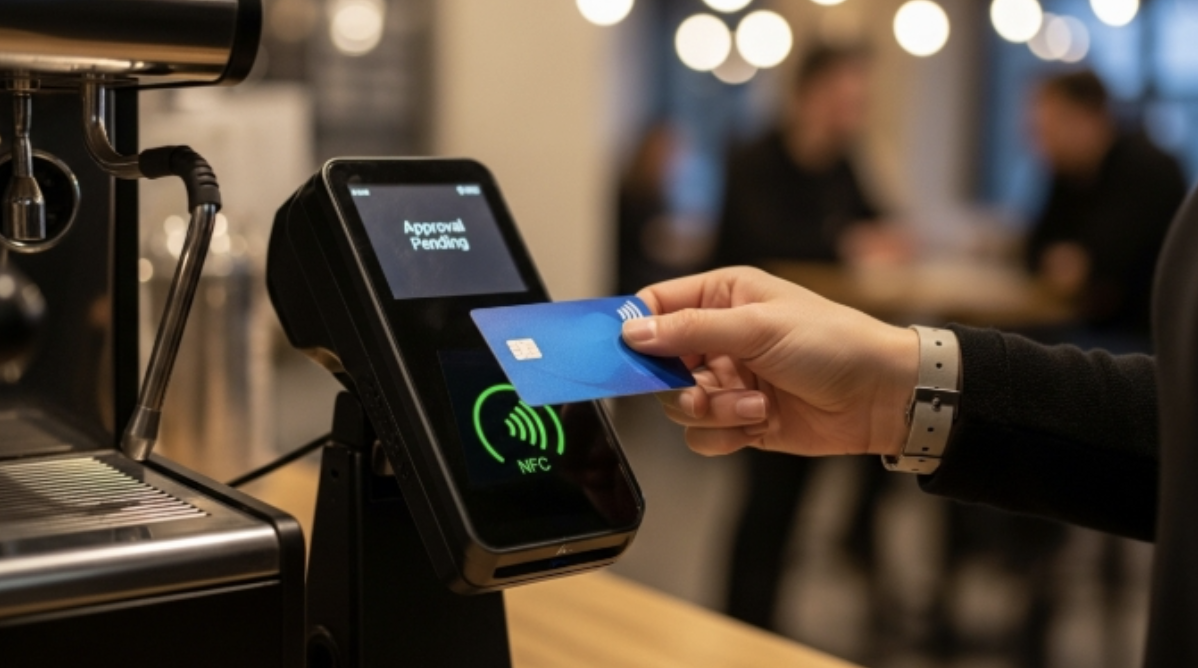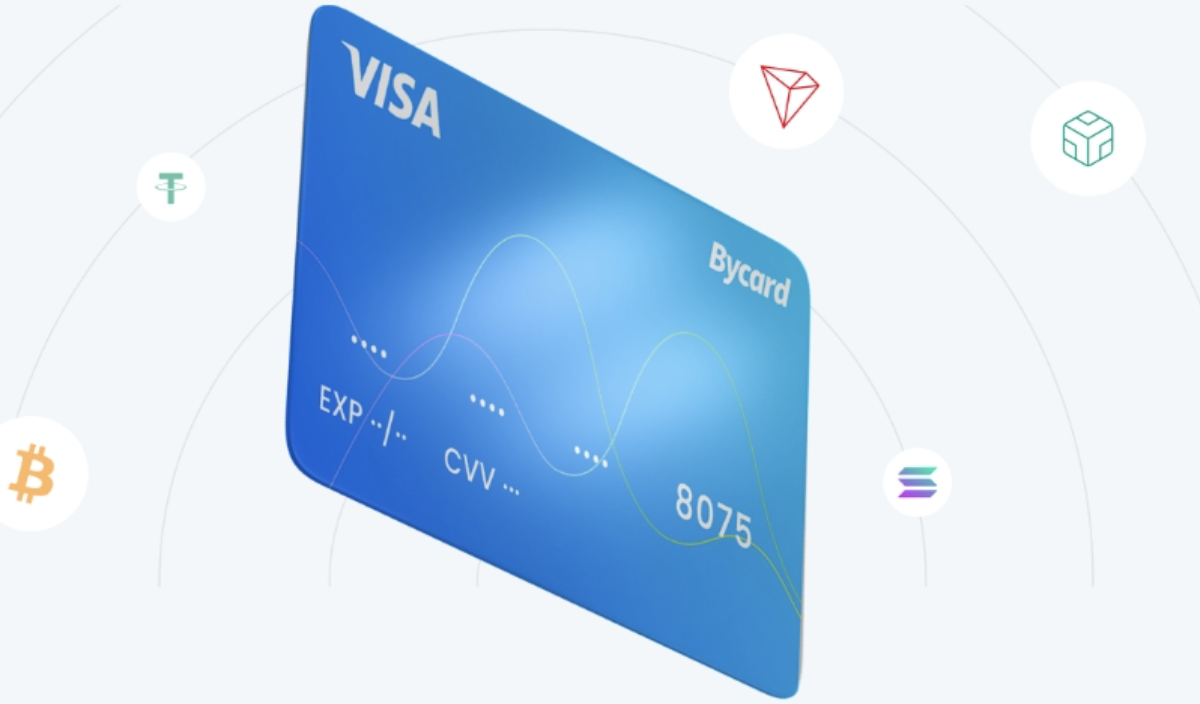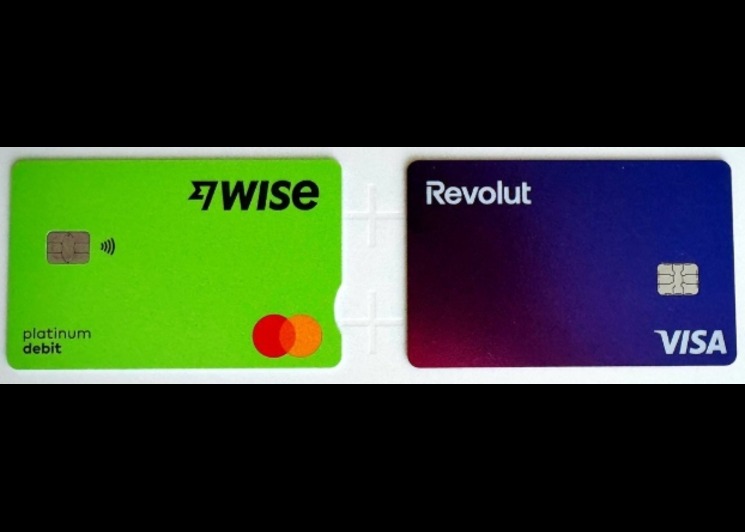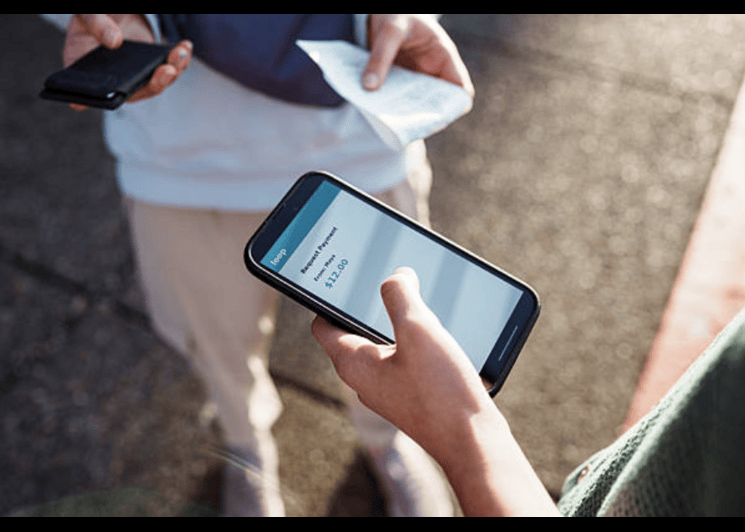Contactless Payment:Fraud Types and How You Can Avoid Them

Contactless payment has transformed the way we shop and pay, with over 60% of consumers in the UK and US using tap-to-pay cards or mobile wallets in 2024. No more fumbling with cash or inserting cards into machines, just a tap or a wave, and you’re done. Platforms like Bycard now offer virtual cards with dynamic numbers and real-time alerts, giving users extra security for these fast transactions.
But like every new technology, contactless payment comes with risks, especially around payment fraud and identity theft. Understanding the types of contactless payment fraud and taking the right steps, including using secure solutions like Bycard, can save you from financial loss and unwanted stress.
- Contactless Payment:Fraud Types and How You Can Avoid Them
- How Contactless Payment Works and Why It’s Popular
- Common Types of Contactless Payment Fraud
- How to Protect Yourself from Contactless Payment Fraud and Identity Theft
- How Bycard Helps Protect Against Contactless Payment Fraud
- The Future of Contactless Payment: Data Encryption and Identity Theft Protection
How Contactless Payment Works and Why It’s Popular
Contactless payment relies on near-field communication (NFC) or radio-frequency identification (RFID) to transmit payment information wirelessly between your card or device and the terminal. According to a 2024 report, tap-to-pay transactions grew by 35% globally, driven by the demand for faster and more hygienic checkout experiences.
One reason for its popularity is speed: transactions under a certain amount often don’t require a PIN, allowing users to pay in seconds. Consumers also appreciate the convenience of using mobile wallets and virtual cards, like Bycard, which let you generate secure cards for specific payments while keeping your primary account safe.
However, this convenience comes with trade-offs. The lack of physical authentication in some transactions can make contactless payments vulnerable to fraud, such as card skimming, ghost-tapping, and mobile wallet attacks. That’s why tools like Bycard’s dynamic virtual cards, real-time alerts, and strong data encryption are essential for protecting your finances while still enjoying the speed and ease of contactless payments.
Common Types of Contactless Payment Fraud
Knowing the types of contactless payment fraud can help you stay alert and reduce your risk.
1. Card Skimming and Cloning
Fraudsters may use illegal devices to read your contactless card information. Once stolen, your data can be cloned or used for unauthorized online purchases. Strong data encryption on your card can make it much harder for hackers to misuse the information.
2. Lost or Stolen Cards
Losing a contactless card is a common way for identity theft to happen. Small purchases may go unnoticed until the bank notifies you. Always report lost or stolen cards immediately to limit exposure to payment fraud.
3. Mobile Wallet Hacking
Many people rely on smartphones or smartwatches for contactless payment. Hackers target these devices, especially if apps are outdated or unsecured. Updating your software and using strong passwords ensures your mobile wallet benefits from data encryption and reduces the risk of fraud.
4. Ghost-Tapping and NFC Relay Attacks
A newer form of fraud is called ghost-tapping, where hackers use relay devices to intercept and replicate your card signals. This is more advanced than traditional skimming, and awareness combined with data encryption can help reduce this risk.
5. Transaction Tampering
Some fraudsters attempt to intercept or manipulate contactless transactions. Using services with advanced security measures ensures each transaction is dynamic and encrypted, preventing most forms of payment fraud.
6. Social Engineering Scams
Fraudsters might try to trick you into revealing personal details over the phone or via phishing emails. Even without stealing your card physically, this can lead to identity theft. Awareness and caution are key defenses.
7. NFC Tag Emulation
Hackers can use malicious NFC tags or devices to trick your card or phone into sending payment data. Avoid scanning unknown NFC devices and ensure data encryption is active on all devices used for payments.
How to Protect Yourself from Contactless Payment Fraud and Identity Theft
Avoiding contactless payment fraud doesn’t mean giving up convenience. It’s about taking practical precautions.
Enable Strong Data Encryption
Always choose cards and apps that offer robust data encryption. Encrypted transactions are much harder for fraudsters to exploit.
Monitor Your Transactions
Regularly review bank statements. Reporting suspicious activity promptly can prevent payment fraud and protect against identity theft.
Set Spending Limits
Many banks allow daily limits for contactless payments, reducing potential losses if your card or device is compromised.
Use RFID-Blocking Accessories
RFID-blocking wallets and sleeves can prevent skimming attempts, protecting against identity theft and unauthorized scanning.
Keep Devices and Apps Updated
Ensure your phone, smartwatch, and banking apps are always updated. Security patches and data encryption improvements are critical in preventing hacking attempts.
Be Cautious on Public Networks
Avoid making contactless payments over unsecured public Wi-Fi, as hackers can intercept unprotected transactions and commit payment fraud.
Understand Bank Policies
Different banks have varying approaches to fraud liability. Know how your bank handles unauthorized transactions to reduce exposure to identity theft.
How Bycard Helps Protect Against Contactless Payment Fraud

Bycard’s virtual cards offer an extra layer of security for contactless payment, helping reduce risks like payment fraud and identity theft.
- Virtual and Dynamic Cards: Create cards instantly for specific payments. Each card has unique numbers, limiting exposure if compromised.
- BIN Identification: Every Bycard card comes with a unique BIN, helping you track card type, network, and issuing country, useful for spotting suspicious transactions quickly.
- Data Encryption & 3D Secure: Transactions are encrypted and authenticated to prevent unauthorized access.
- Real-Time Alerts: Immediate notifications help you spot suspicious activity quickly.
- Controlled Spending: Set limits or delete cards anytime, reducing potential payment fraud from lost or stolen cards.
- Safe Recurring Payments: Use dedicated cards for subscriptions or bills, keeping your main accounts secure from identity theft.
Why This Matters in the Context of Contactless Payment Fraud
- Many fraud types in the contactless payment world, like card skimming, ghost-tapping, or mobile‑wallet attacks, rely on access to static or reusable card data. Bycard’s use of virtual cards with dynamic numbers significantly reduces that risk.
- Because you can segregate spending by use case (ads, subscriptions, vendor payments), even if one virtual card is compromised, other cards remain safe. This compartmentalization is a powerful defense.
- Their combination of data encryption, real-time alerts, MFA, and 3D Secure creates a layered defense strategy, not just relying on one security measure.
- For businesses, using Bycard for vendor payments or subscriptions means they don’t need to share main card details; they can issue cards specifically for these purposes and cancel them if needed.
By combining these features, Bycard makes contactless payments safer while maintaining convenience.
The Future of Contactless Payment: Data Encryption and Identity Theft Protection
As contactless payments continue to grow, security measures are evolving to keep pace with increasingly sophisticated fraud. Advanced data encryption, tokenization, and multi-factor authentication are now standard tools that protect sensitive information and prevent identity theft. AI-powered fraud detection systems are also becoming more common, analyzing transaction patterns in real time to catch suspicious activity before it causes financial loss.
Looking ahead, solutions like Bycard are setting a new standard for security in contactless payments. By offering dynamic virtual cards, real-time alerts, and strong data encryption, they help users stay one step ahead of fraudsters. Understanding and adopting these technologies ensures your contactless payments remain fast, convenient, and secure, even as payment fraud tactics continue to evolve.
Conclusion
Contactless payment has transformed the way we shop, making transactions faster and more convenient than ever. But convenience comes with risks, including payment fraud and identity theft. Understanding the different types of fraud, from card skimming to ghost-tapping, and taking proactive steps like monitoring transactions, using RFID-blocking accessories, and setting spending limits can significantly reduce these risks.
Tools like Bycard, with its virtual cards, dynamic numbers, real-time alerts, and strong data encryption, provide an extra layer of protection, helping both individuals and businesses stay secure while enjoying the benefits of contactless payment.







